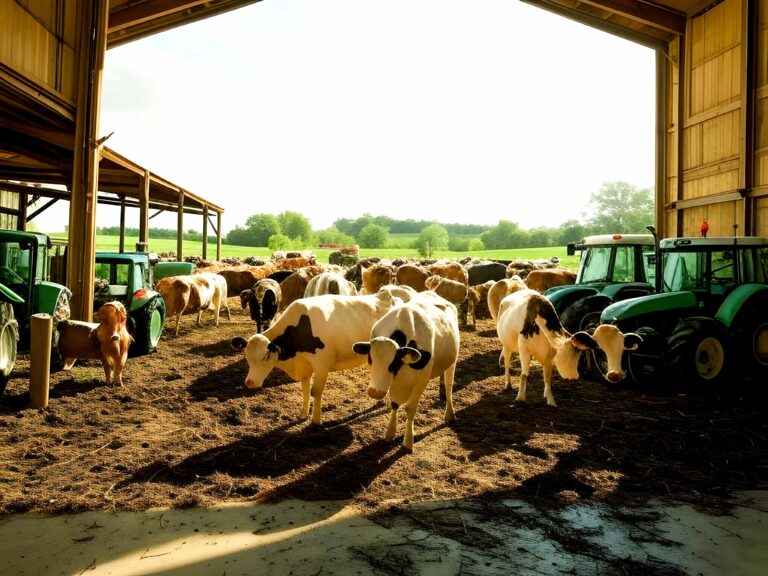The main shocks reported by interviewed households included dry spells, high food prices, sickness or death of household members, loss of income, pests and diseases affecting both crops and livestock, and high fuel prices. Somalia’s food-security situation remains dire, with 3.5 million people expected to face severe food insecurity by the end of 2021. Furthermore, 1.2 million children under the age of five are at risk of being acutely malnourished, with nearly 213 400 at risk of being severely malnourished by July 2022. Poor rains have resulted in lower-than-average Gu crop yields in the south and poor harvest prospects in agro-pastoral livelihood zones in the north-west (Food Security and Nutrition Analysis Unit [FSNAU] and Famine Early Warning Systems Network [FEWS NET], 2021). When compared to a typical year, more than half of crop-producing households reported lower output during the Gu season
Drought is still ravaging the country. Drought is expected to last through the Deyr (rainy) season, which runs from October to December, after two failed growing seasons due to pasture and water shortages (FAO, 2021a; Intergovernmental Panel on Development – Climate Prediction and Application Center [ICPACI, 2021a; ICPAC, 2021b). Conflict and insecurity remain prominent: 574 000 displacements occurred in 2021 alone, of which 413 000 were due to conflict, aggravating preexisting vulnerabilities (Office of the United Nations High Commissioner for Refugees [UNHCR], 2021a.

Continue..
Livestock-producing
Livestock-producing households reported low prices for their production, reduced demand, difficulties accessing slaughterhouses and high marketing costs. Reduced prices can be attributed to emaciated livestock as a result of inadequate pasture and water resources (FAO, 2021a). Among fishing households, 31 percent reported decreased production compared to the previous year. The most frequently reported challenges included restrictions related to the COVID-19 pandemic, difficulties accessing fishing inputs and labour, challenges finding fish and high fuel prices.
Household Dietary Diversity Scores indicated that 22 percent of households had consumed 5-12 food groups in the previous 24 hours, 44 percent had consumed 3-4 food groups and 34 percent had consumed 0-2 food groups.

Continue...
In the 30 days preceding the survey, 19 percent of respondents employed Stress-level coping strategies, 45 percent engaged in Crisis-level coping strategies and 24 percent resorted to Emergency-level coping strategies. Based on the Food Insecurity Experience Scale (FIES), 47 percent of respondents experienced moderate or severe food insecurity, and 17 percent experienced severe food insecurity. According to Integrated Food Security Phase Classification (IPC) thresholds for the FIES, 34 percent had scores in line with Crisis (IPC Phase 3) or Emergency (IPC Phase 4) levels of food insecurity. Ninety-four percent of respondents expressed the need for assistance. Major needs included inputs, veterinary services, water for irrigation, cash, assistance with livestock production, marketing support, storage facilities, land access and rehabilitation, and information on how to minimize COVID-19 infections.
